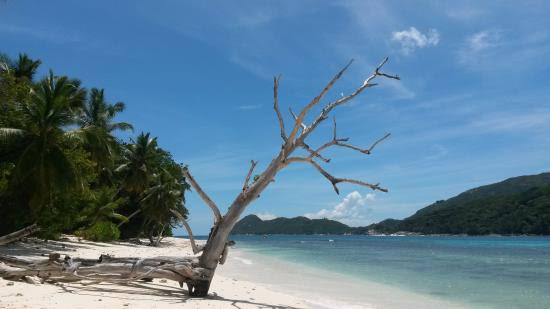How many Teresa Islands are there in the World

There are multiple matches for Teresa Islands, including Thérèse Island in the Seychelles, Teressa Island in the Andaman and Nicobar Islands, and Teresa Island in Atlin Lake, British Columbia. [ 1 , 2 , 3 ] Thérèse Island [ 2 ] A small island in the Seychelles with white sand beaches and coconut palms Part of the Port Glaud district of Mahé, the main island of the Seychelles Has two rocky peaks, including Thérèse Peak, which is 164 meters above sea level Teressa Island [ 1 ] An inhabited island in the Andaman and Nicobar Islands Named after the Austrian Arch-duchess Maria Theresia Located in the Nicobar district, west of Camorta Island and northwest of Katchal The island has coral reefs that extend over 1.5 km from the north and south ends Teresa Island [ 3 ] The second tallest lake island in the world, located in Atlin Lake, British Columbia Has a birch mountain References [1] https://dwiep.ncscm.res.in/Island/IslandDetails/INAN731 [2] https://en.wikip...



